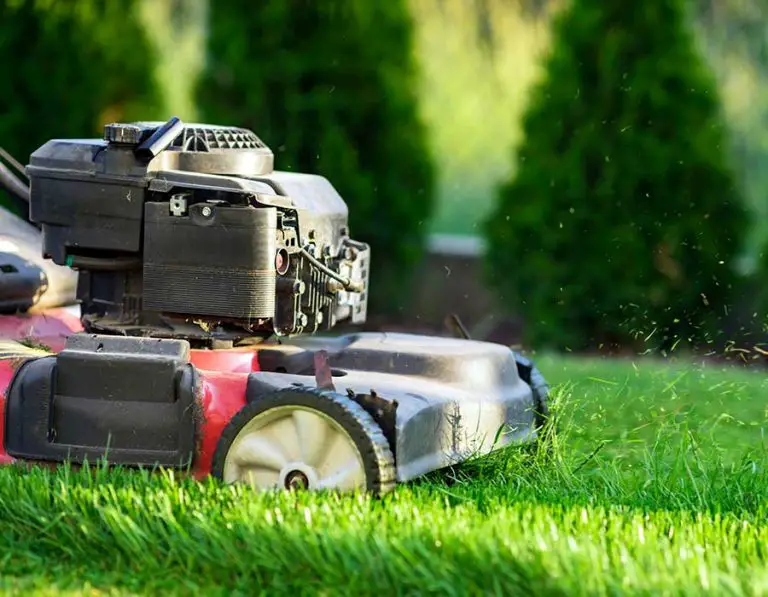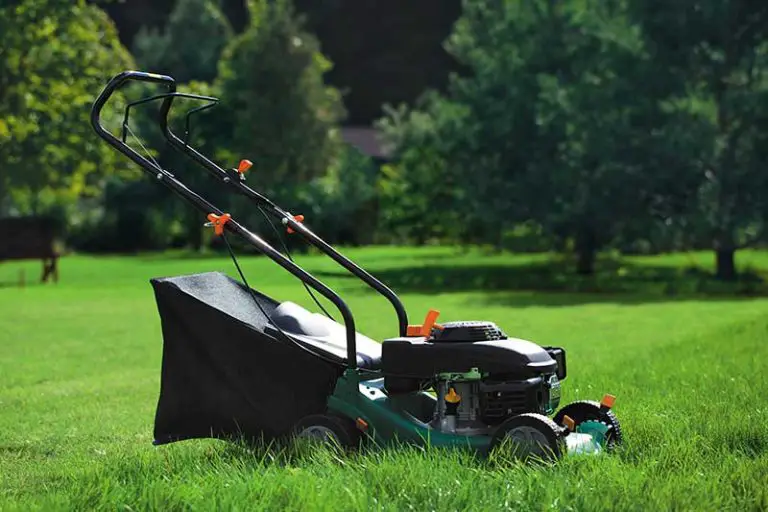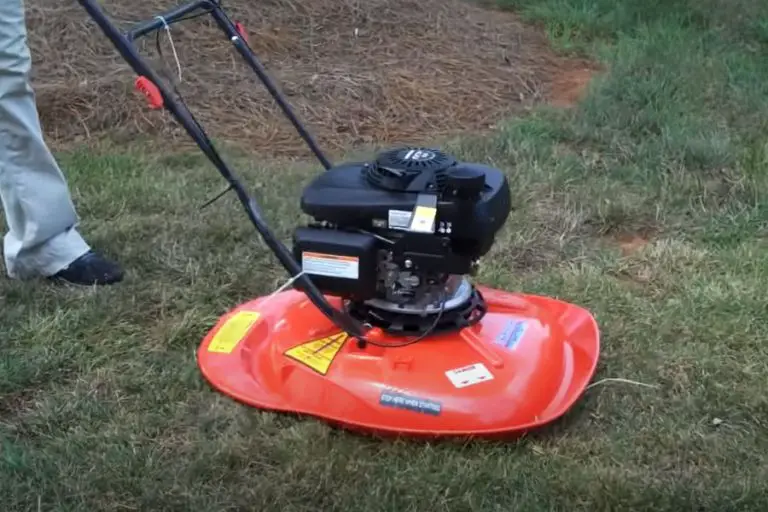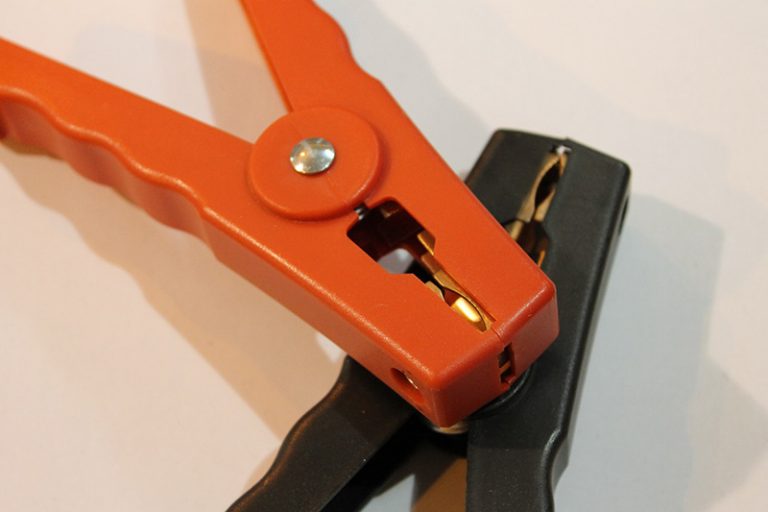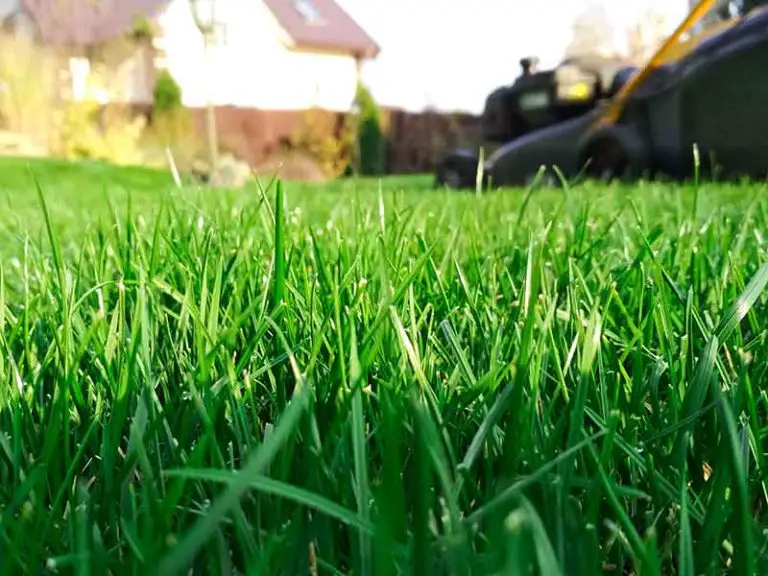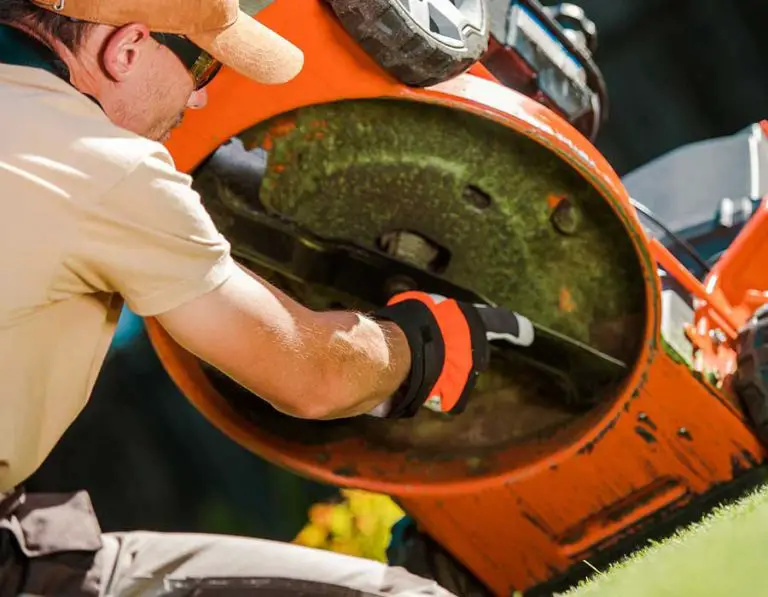How Often to Mow a Lawn
Mowing the lawn regularly is an essential part of any gardener’s annual lawn care routine. Along with a proper watering and fertilization schedule, regular lawn mowing can help to keep your grass looking clean, green, and healthy. With that said, overzealous mowing can lead to the grass being cut too short, which then leaves your lawn vulnerable to forming unattractive patches of yellowing or dead grass.
The decision of how often you should mow your lawn relies on a number of factors, such as your location, climate, the time of year, and the type of seed you’re trying to grow. Instead of creating a timed schedule, you should follow the ⅓ rule to decide how often to mow your lawn. In this article, we have explained the ⅓ rule, in addition to providing ideal grass heights by species, and some rough estimates of how often you should expect to mow your lawn throughout the year.
How to Decide How Often You Should Mow Your Lawn
When deciding how often to mow your lawn, you should base your schedule on the grass’ height, as opposed to thinking about it in a temporal sense. Therefore, your mowing schedule will be impacted by the rate at which your grass grows. This is dependent on a number of factors; not only does it depend on the typical growth rate for the particular grass species it is, the time it takes grass seed to grow is also determined by how the seed was sown, the quality and moisture of the soil it was sown into, and other external factors like the time of year and weather conditions of the area.
There is no definitive answer to the question of how often to mow a lawn in terms of timing. How long grass seed takes to grow will vary greatly as all lawns contain different grass species, are under different conditions, and will therefore grow at different rates.
However, the universally adopted method of deciding how often to mow a lawn is to follow the ‘⅓ rule’. Regardless of the grass’ height, you should never remove more than ⅓ of the blades at the time of mowing. In terms of the ideal height that the grass blades should be, this also varies depending on the grass type.
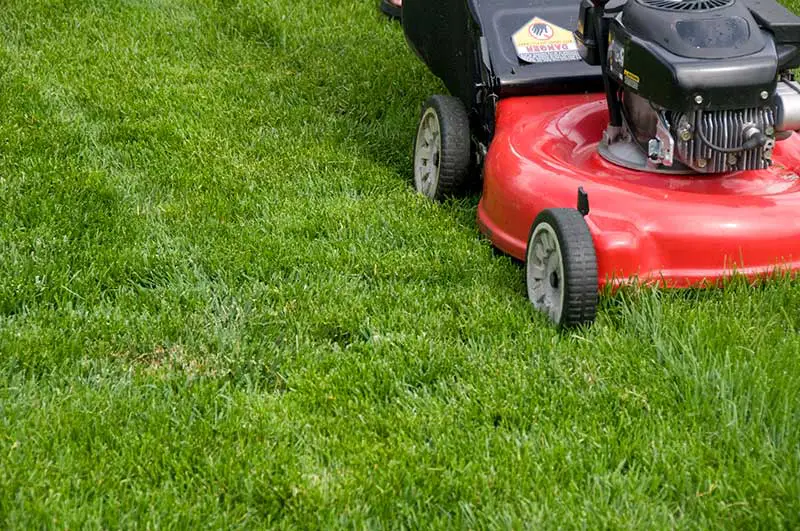
See the table below for the ideal height your grass should be based on its species.
| Grass Species | Ideal Height (Inches) |
| Bahia grass | 2 – 3 |
| Bent grass | ¼ – 1 |
| Bermuda grass | ¾ – 1 ½ |
| Buffalo grass | 2 – 3 |
| Centipede grass | 1 – 2 |
| Fine fescue | 1 ½ – 2 ½ |
| Tall fescue | 2 – 3 |
| Kentucky bluegrass | 1 ¾ – 2 ½ |
| Ryegrass (annual) | 1 ½ – 2 |
| Ryegrass (perennial) | 1 ½ – 2 |
| St. Augustine grass | 1 ½ – 2 ½ |
| Zoysia grass | 1 – 2 |
What Happens if You Mow Your Lawn Too Often or Too Short
As we’ve discussed, you should only ever remove ⅓ of the grass’ total height at the time of mowing. The healthiest parts of the grass plants are closer to the tip of the blade; cutting them too short in one mowing session can leave you with a lawn full of stressed, unhappy grass.
Grass is Unable to Photosynthesize
The grass plants rely on their blades to take in sunlight for it to then be used as energy. Cutting too much of the blade off in one go or mowing too often is known as ‘scalping’ the grass. This limits the grass’ ability to photosynthesize and supply itself with the nutrients it needs. Scalping the grass will weaken it, ultimately causing it to turn yellow or die off completely.
Grass is at Risk of Sunburn
If the grass is quite long to begin with, mowing the lawn too short can cause the grass blades to become sunburnt. Cutting too much off the top of the grass blades exposes the lower half of the blades to the sun. This leaves the exposed blades vulnerable to the harsh rays of sunlight. It functions in a similar sense as what happens when you sunbathe for the first time in summer; the lower halves of long grass blades are used to being in the shade, and are therefore more sensitive to direct sunlight. This will also end up weakening your grass and may cause it to die off, so take care to never exceed the ⅓ rule when mowing long grass for the first time.
Grass Roots May Get Shocked
It isn’t just the blades of the grass plants that are affected when the grass is mown too short, but also the root system as well. Grass roots grow and develop in coordination with the height of the grass blades, so cutting the blades too short can shock and disrupt the root system. Moreover, as the grass plants attempt to regrow the short blades, they have to draw upon the energy stored in their roots. All of this stress on the root system will inevitably lead to the plants suffering and dying off.
How Often to Mow Your Lawn By Season
The rate at which your grass grows will vary throughout the year in accordance with the changing seasonal weather conditions. This in turn has an effect on how often you should mow your lawn. While it’s always best practice to follow the ⅓ rule, follow through these next sections for some rough guidelines on how often to mow your lawn season to season.
When to Start Mowing the Lawn
The best time to start mowing an established lawn is when your grass has entered its phase of active growth again, after it comes out of its period of winter dormancy. This should happen around spring, but the exact time will ultimately depend on the species of the grass and the climate you live in.
If you have a newly seeded lawn, you should instead judge the best time to start mowing as when the grass has reached a height of at least 3 ½ inches. It usually takes around 8 weeks for newly planted grass seedlings to reach this height. At this point, the seedlings are established enough to cope with the stress when mowing the new grass for the first time.
Note: One of the most important elements to keeping a well-mown lawn throughout the mowing season is to make sure you sharpen your mower blades every 20 to 25 hours of mowing. See our guide How to Sharpen Mower Blades for a step-by-step guide on this job.
How Often to Mow Lawn in Spring
In spring, you should expect to mow the lawn roughly every 5 to 7 days. Adjust this schedule depending on your location, grass type, and how much rainfall your lawn sees. Most areas will see a high amount of rainfall and sunlight in the spring, which is why you may have to increase how often you mow your lawn during this season.
Firstly, you should analyze the state of your lawn before deciding how to start off your mowing schedule. Check that the grass is at least 2 ½ – 3 inches tall – this is the recommended minimum height for most turf-grasses before they can be safely mown. Remember the ⅓ rule and adjust your mower blades accordingly. If you have recently fertilized your lawn, make sure that the fertilizer has fully absorbed into the soil. If your area has gone through a particularly harsh winter and the lawn is still thawing out, hold off on starting your annual mowing schedule until you’re sure that the lawn is ready and that the winter frost has completely passed.
How Often to Mow Lawn in Summer
In summer, you should expect to mow the lawn roughly every 2 weeks.
As the seasons change from spring to summer, you need to be more conscious of the length of your grass. Throughout summer, you should try to keep it on the longer side. The hot temperatures and increased levels of sunlight can take a toll on your lawn if you mow it too often or too short. By keeping the grass long, you help to sustain it throughout periods of drought and intense sunlight. Your grass should grow at a rate of about 1 inch every 3 to 5 days during this season.
How Often to Mow Lawn in Fall/Winter
In fall, you should expect to mow the lawn every 2 to 5 weeks. When winter sets in and the grass enters its dormant phase, stop mowing completely until the next season.
The growth rate of your grass will slow down as you progress into fall, and when the temperature drops below 40 degrees Fahrenheit, the grass will stop growing completely and begin its phase of dormancy for the winter. The last mow that you do before the end of the mowing season is important – refer to our guide How Short to Cut Grass Before Winter for more information on this.
As there will be an increase in moisture on the lawn from rainfall and frost, try to avoid mowing the grass while it’s wet unless it’s absolutely necessary, and never mow while it’s actually raining. By mowing grass when it’s wet, you put the soil at risk of compaction and fungal infestations, and you will end up with patches of uneven growth. Aside from the negative effects it can have on your lawn, mowing wet grass is also dangerous for your own health, due to the hazards brought about by trying to run the lawn mower on the wet slippery surface. While it is highly unadvised, it is possible to mow a wet lawn – read our guide on mowing wet grass for the safest method. When the grass stops growing, stop mowing until the next season.
Note: The time of day that you mow is also extremely important. To avoid stressing out your grass, make sure to mow in the mid-morning or late afternoon. See our article Best Time to Mow Your Lawn for more information on this.
How Often to Mow Lawn: The Bottom Line
To try and answer the question of how often you should mow your lawn, we have provided guidance on ideal heights for the grass blades, and some rough estimates of what your seasonal lawn mowing schedule should look like. However, the answer to this question will ultimately rely on many different factors including your location, the typical weather for your area, the time of year, and the type of grass seed you’re growing.
Grass growth rate varies hugely from lawn to lawn, so you will have to use your own judgment to determine how often to mow your lawn. As long as you follow the ⅓ rule and remember to carry out your other lawn care activities, such as following your fertilization and watering schedules, you’ll be able to maintain a lawn full of happy, healthy grass all year round.

